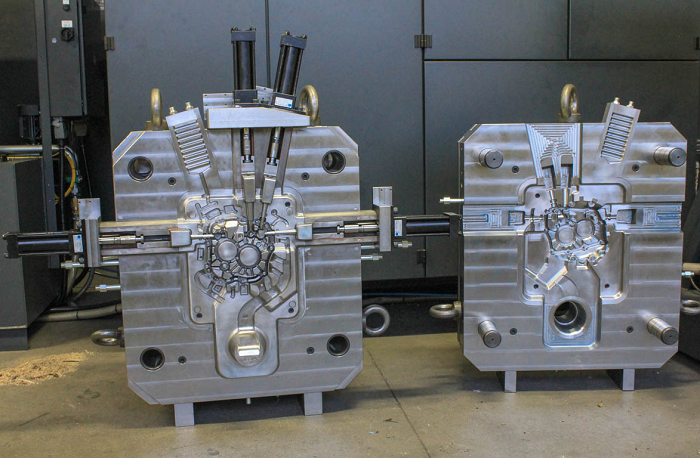Casting processes are extremely important to the manufacturing industry because they allow for the production of intricate and accurate metal components that can be used in a wide variety of contexts. This makes casting processes one of the most important aspects of the manufacturing industry.

A Broad Exposition on the Process of Sand Casting
A Wide Range of ContributionsThe process of die casting in sand has a number of advantages, the most notable of which are its lower production costs and its versatility in terms of the range of component sizes it can accommodate. As a result of the adaptability it possesses, it is an excellent choice for use in a variety of industries, including the aerospace industry, the automotive industry, and the general machinery industry.
An Explanation of the Process Involved in Investment Casting
A wax pattern that is used for the design of this item is housed inside of a ceramic casing for protection. Following this step, the ceramic exterior is removed by melting it, and what's left is a mold that can be used to cast metal.
Applications: This technique is put to extensive use in the automotive and electronics manufacturing industries for the production of a wide variety of components, including engine parts, transmission cases, and electronic enclosures, to name a few.
Casting in a Permanent Mold provides an overview of the process, which makes use of molds that are reusable and are typically made of metal. Molds are typically made of metal.
These molds can withstand a large number of die castings and produce parts that have excellent dimensional accuracy and a surface that is completely smooth. In addition, the surface of the part they produce is completely smooth. In addition to this, the component that they produce has a surface that is perfectly smooth.
The production of cylindrical components such as pipes and tubes is the primary application for the centrifugal casting process. This includes the production of other similar components.
Goods of a high quality are produced as a direct result of the molten metal being rotated within the mold in such a way that it is distributed uniformly throughout the mold.
Industries such as the oil and gas industry, which require precision tubing, absolutely need it in order to function properly. Additional examples include the automotive and aerospace industries, as well as the medical device sector.
In the process of lost foam casting, foam patterns are used, but they are destroyed when molten metal is poured into the mold. This results in the pattern being lost. After the process is finished, the result is the desired shape that was left behind. In the following paragraph, the procedure will have its component parts dissected out for closer examination.
Various SubmissionsCasting in lost foam is one of the most common casting processes because it is ideally suited for the production of intricate parts in a variety of industries, such as agriculture and the automotive sector, and it is also one of the most common casting processes.
In addition to being utilized in a wide variety of other applications, it is frequently put to use in the manufacturing process of engine components in addition to other essential components.
Casting is a common application of this material, both in the creative arts and in the jewelry industry.
A Breakdown of the Casting Method Utilizing a Reusable PatternFor the purpose of producing the mold, the casting method in question requires the utilization of a pattern that can be used more than once.
Relevant Aspects: Expendable pattern casting is used in a wide variety of industries, such as the production of aerospace and marine equipment, to name just a couple of the applications that can be found in these fields.
Casting involves a variety of processes, each of which has a unique set of advantages and disadvantages that make it suitable for use in a wide variety of business sectors and professional arenas. The casting method that is utilized is decided upon after considering a number of different criteria, some of which include the required level of precision, the volume of production, the type of material, and the level of intricateness of the design.
